by JuliannaKunstler.com
notes:

Texture is one of the elements of art that artists use in the creation of an art piece.
So what exactly is texture?.
Texture refers to the way an object feels to the touch or the way it looks as it may feel if it was touched

Texture defines the surfaces of objects:
Soft..

rough...

wet...
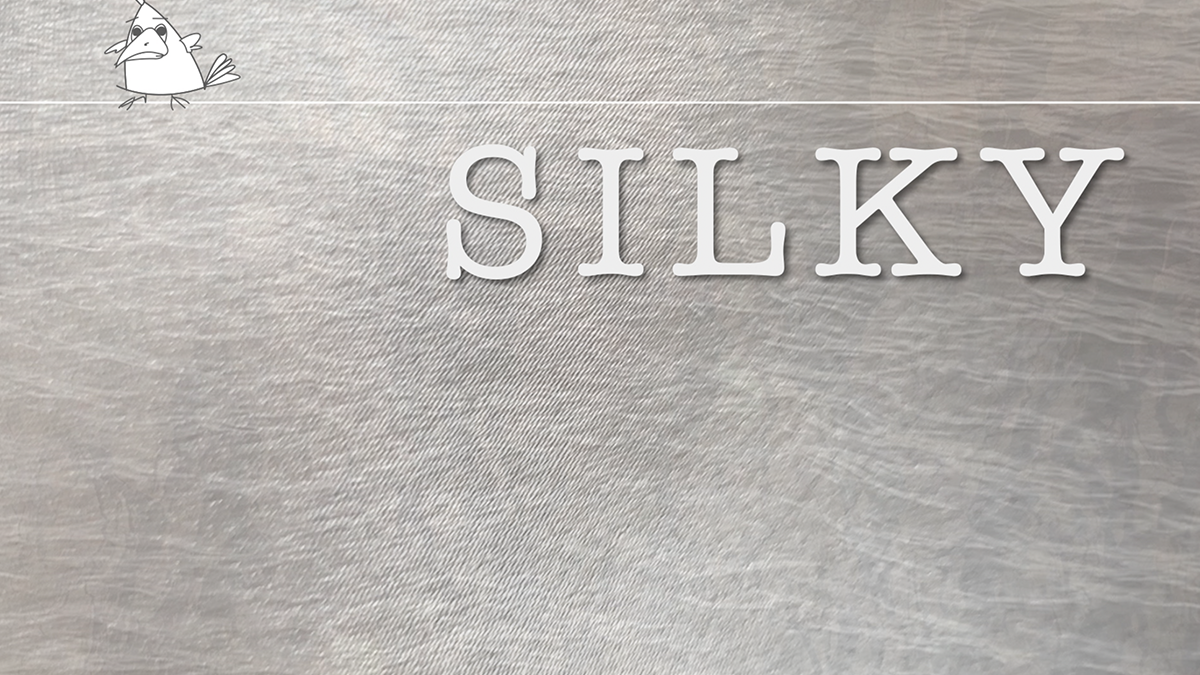
silky...

flaky, fuzzy, bumpy, glassy, spiny, and many more….
You can feel it when you touch it.

So, Texture is the feel of a surface.
Sometimes you don’t need to actually touch an object to get that feel. Based on the way it looks - you already have an idea how it would feel if you do.

There are 2 types of textures in art:
- Actual
- and Implied


Actual (or physical) texture – is a texture you can actually feel with your fingers when you touch it. A real one. The actual object with its surface qualities.

3-dimensional art media use a variety of materials.
Each material has its own texture:
Clay – is usually rough and porous
Stone – can be very coarse or very smooth if polished
Glass – is highly reflective and usually shiny
Porcelain – can be very delicate and smooth when glazed
Wood has a distinctive pattern whether polished or carved
Metal – based on a type of metal and finish – is usually very reflective,
Ivory – has a smooth, almost plastic feel ,
and many more.

Artists can modify and change the appearance material to get a specific emotional effect.
Materials can be polished...

roughened...

scratched...
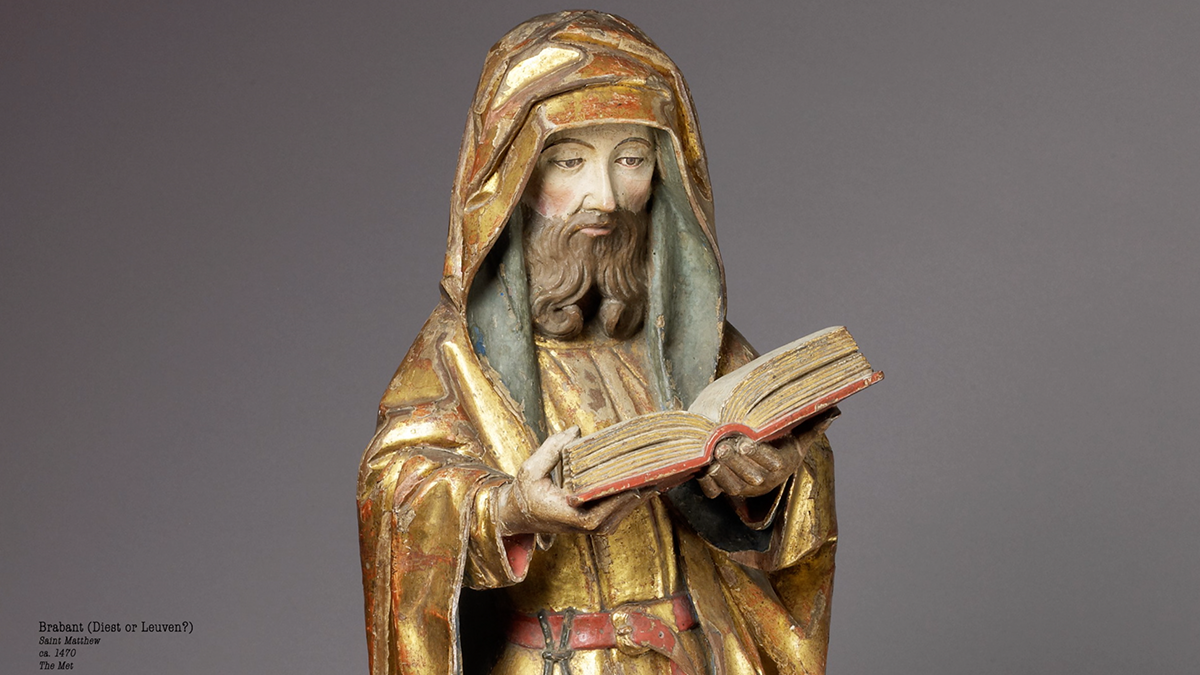
painted...

glazed...

even replaced…
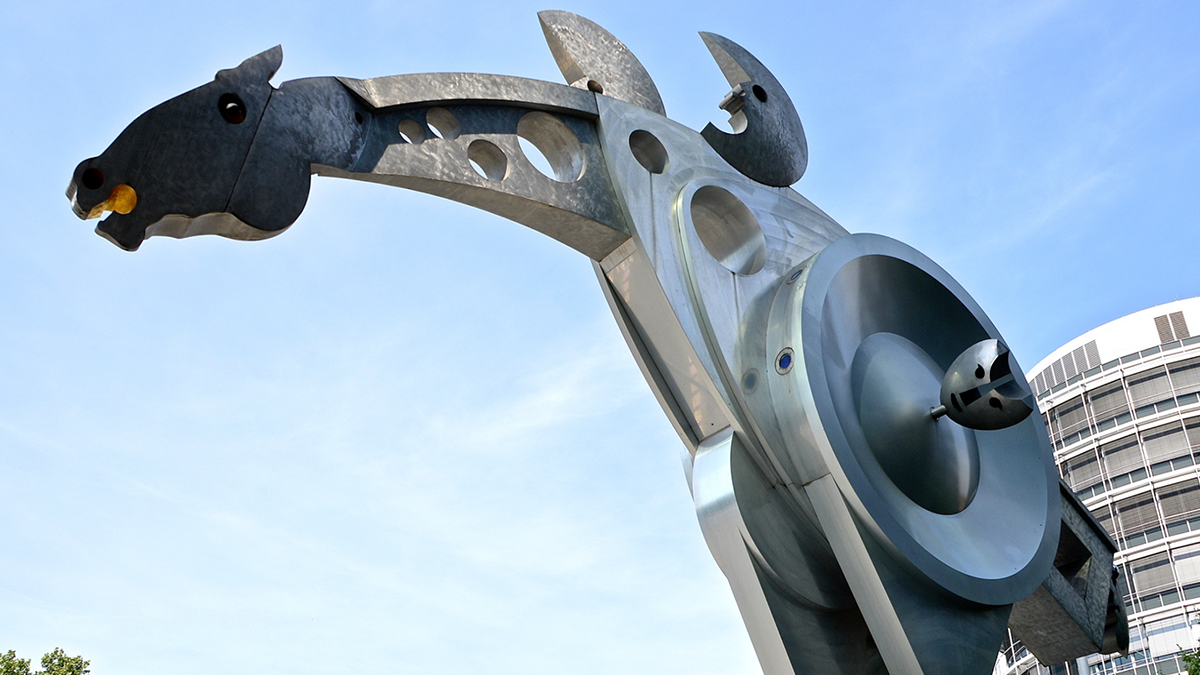
Don’t think that actual texture is only important to sculpture, decorative arts, jewelry, architecture and other 3-D art forms.

Paintings, collages, textile, mixed media, and the rest of flat, 2-dimensional works of art also use actual textures in addition to the implied ones.

Keep in mind that the original texture of canvas, different types of paper - drawing, watercolor, especially handmade paper also add some emotional qualities to the work.
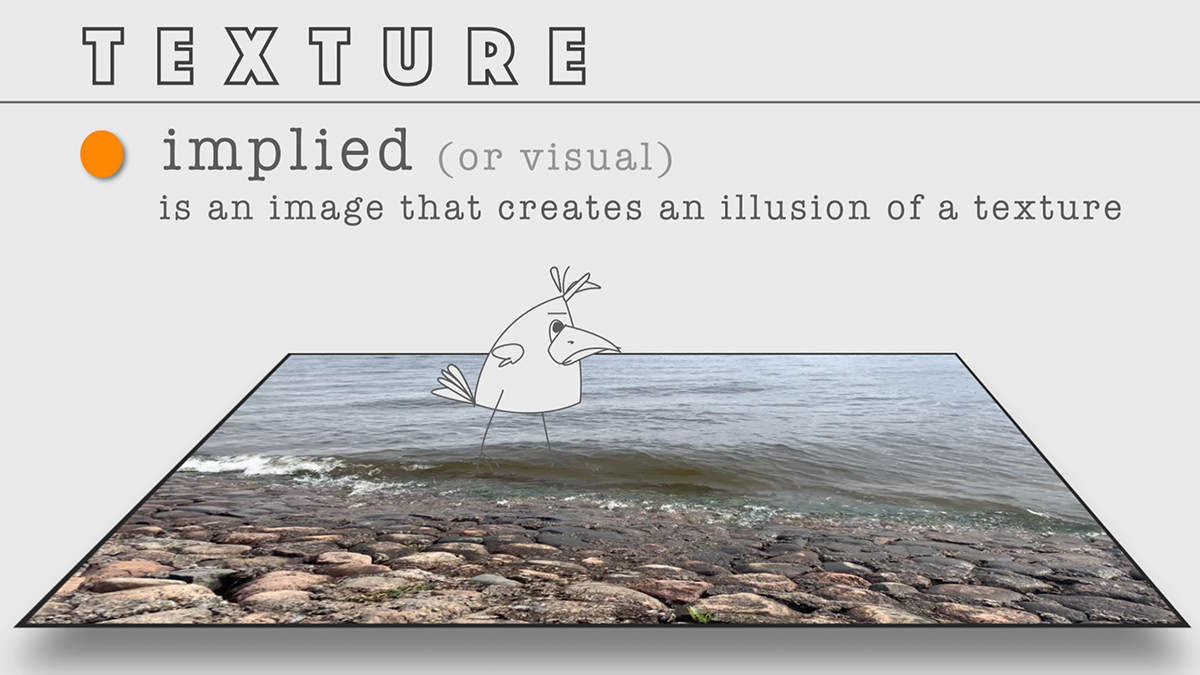
Implied (or visual) texture – is an image that creates an illusion of a texture. It evokes the same feel as if it was real



Implied textures are created using other elements of art, such as:

Lines – using different types of lines and shading techniques you can create an illusion of different textures – from rough to soft, from uniform to random

Shapes – shapes are an important element when it comes to patterns and other visual or “invented” textures.
Based on the type of shapes involved – the texture can look soft or spiky, smooth or rough.

Values – when it comes to lights and darks – you can control the way your texture looks by manipulating areas of contrast in your artwork.

Color – there are different color combinations and techniques to achieve a variety of textures in your art piece.
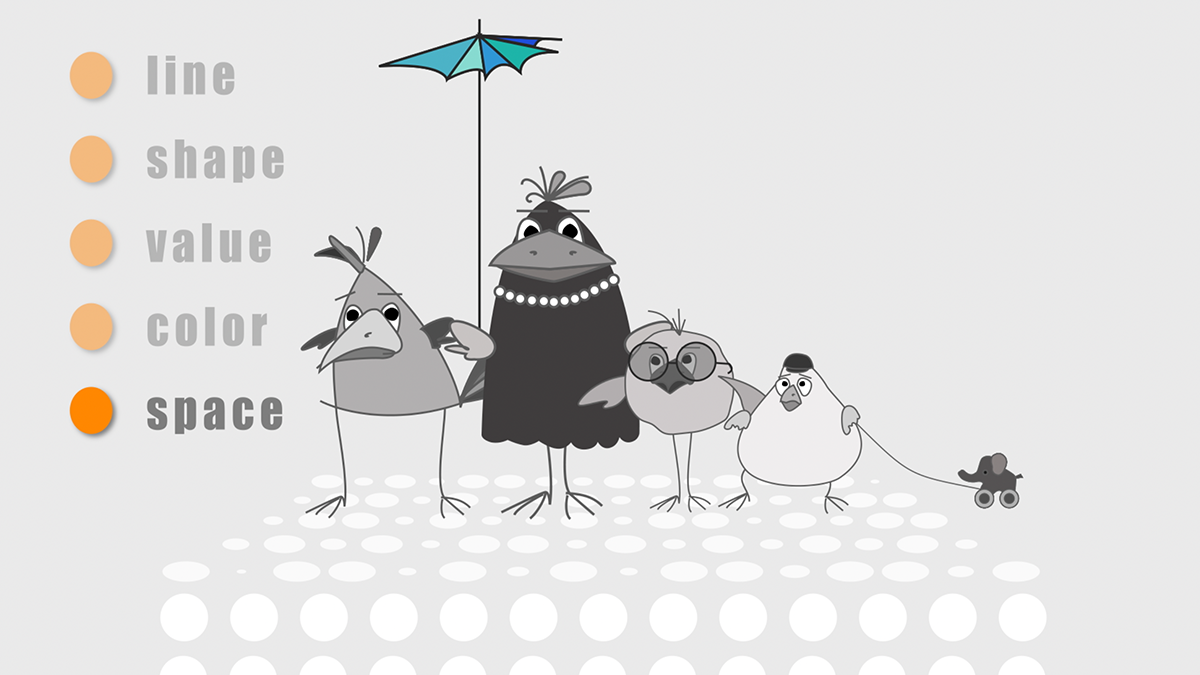
Space – manipulating space between the elements, overlapping them, or varying in size can create illusions of different textures.

When we look at an image of a surface – we feel it through association, personal experience, and reaction to the visual information that we receive.

We “see” it with both our eyes and our fingers.
We don’t need to touch an artwork to know exactly how it feels.
Especially in a museum!!!

Texture, both actual and implied, can dramatically enhance a work of art.
PATTERN as TEXTURE
Pattern, if follows the form's surface, can create an illusion of texture.

